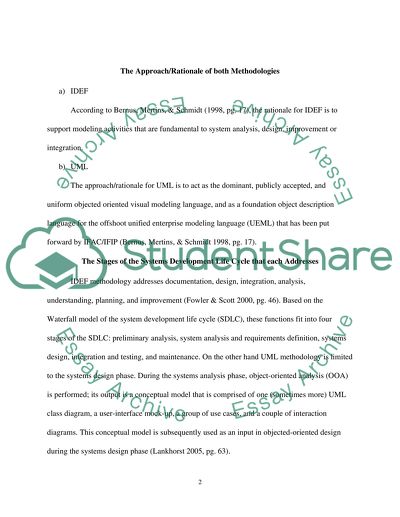Cite this document
(“(Institutional Affiliation) FORMAL REPORT COMPARING THE USE OF THE Essay”, n.d.)
Retrieved from https://studentshare.org/information-technology/1477616-write-formal-report-comparing-the-use-of-the-idef
Retrieved from https://studentshare.org/information-technology/1477616-write-formal-report-comparing-the-use-of-the-idef
((Institutional Affiliation) FORMAL REPORT COMPARING THE USE OF THE Essay)
https://studentshare.org/information-technology/1477616-write-formal-report-comparing-the-use-of-the-idef.
https://studentshare.org/information-technology/1477616-write-formal-report-comparing-the-use-of-the-idef.
“(Institutional Affiliation) FORMAL REPORT COMPARING THE USE OF THE Essay”, n.d. https://studentshare.org/information-technology/1477616-write-formal-report-comparing-the-use-of-the-idef.


